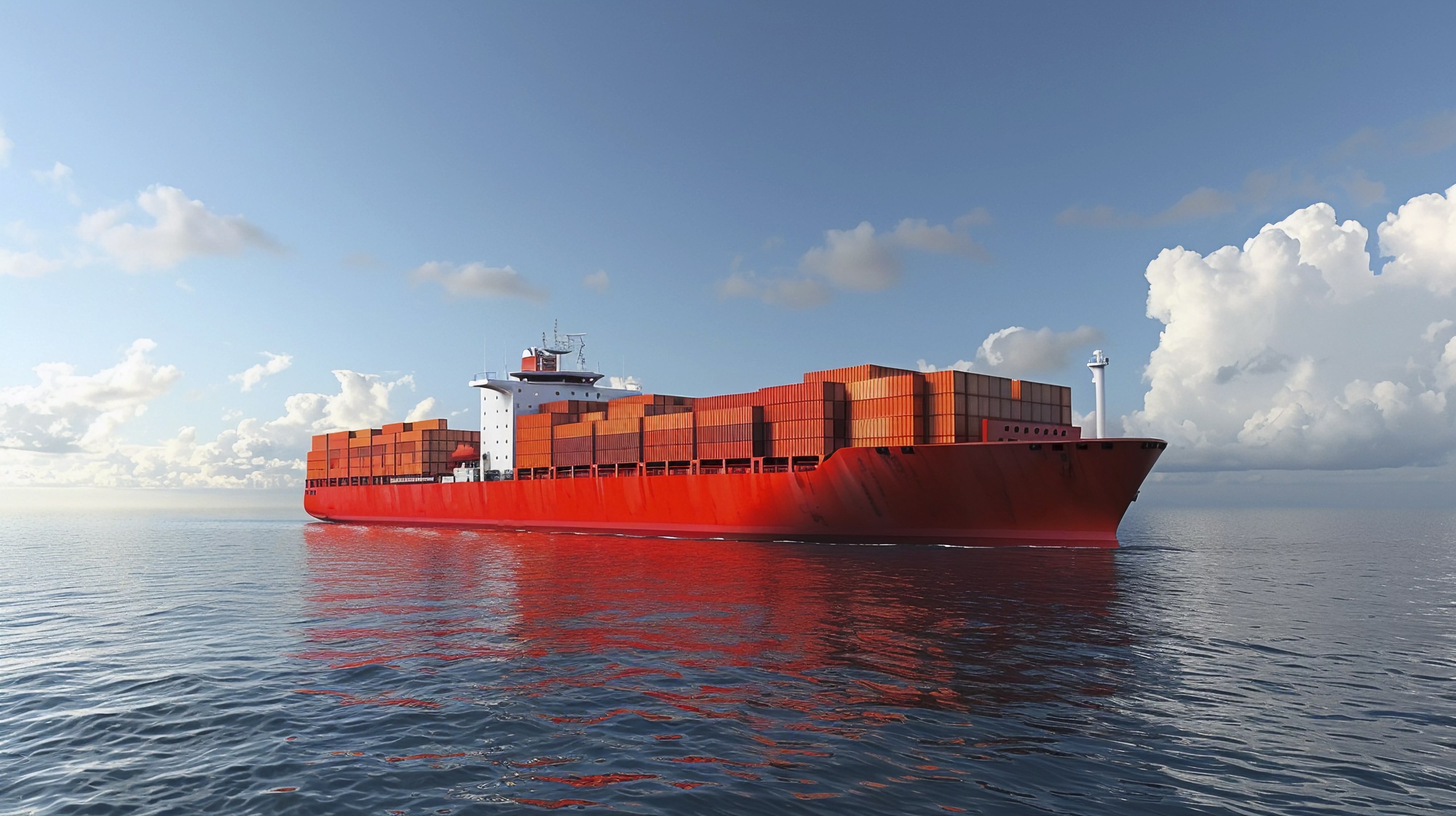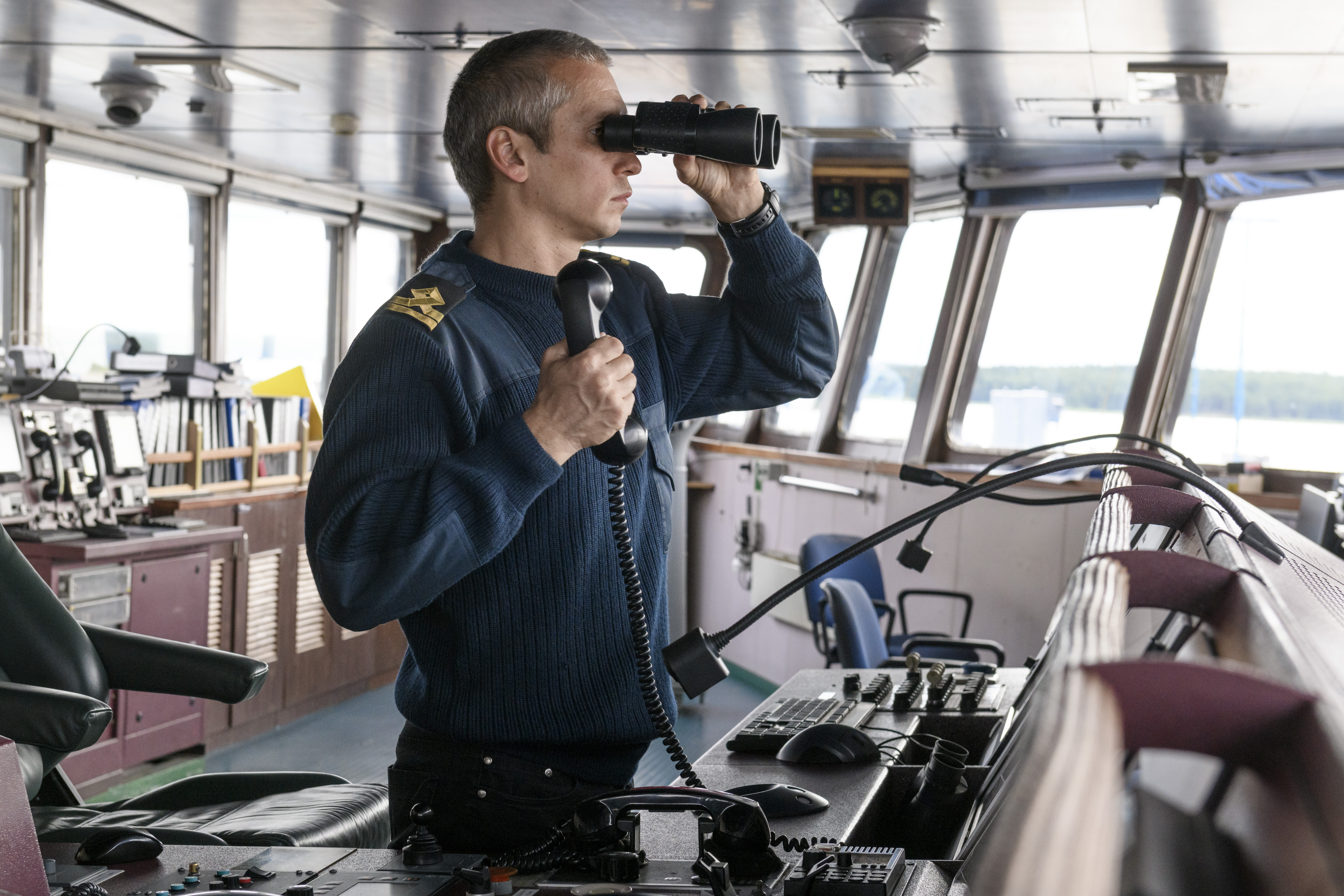As a rule, fire or other emergency preparation should be carried out simultaneously with the first stage of drilling of the abandoned ship.
For a fire drill, it should be assumed that the fire broke out in some part of the ship and should make a mock attack. Full cooperation of personnel of all divisions is the most important in fire affairs. The type and position of the intended fire should change from time to time and may include:
1) cargo fires in holds or other premises;
2) fires involving oil, gas or chemical cargoes, if applicable;
3) fires in engine or boiler rooms;
4) fires in the crew room;
5) Fires in galleys due to burning oil or cooking fats.
The engine room staff must ensure that fire pumps are available in the engine rooms prepared for operation and that the full water pressure is on the fire main. Where there is a Emergency fire pump located outside the engine room, this pump must be started. A fire lot or lots should be sent to the scene of the alleged fire. Nearby hoses must be laid, and where practical water flows through them, water is supplied first from the E / R pump and then only from the emergency pump, with the E / R isolating valve closed.
A number of portable fire extinguishers are available, and members of the fire brigade must be instructed to use the type of fire extinguisher for a particular type of fire. To help identify the different types of fire extinguishers, they should be colored as described in detail in the SOLAS tutorial.
The emergency fire pump is operated by rating officers or decks to charge the ship’s main fire. All fire insulation valves must be operated monthly. All crew members must know the position of each valve and its purpose.
The Chief Officer and crew must close the openings, ie side laces, dead lights, doors, ventilation shafts, fire doors, the annular space around the funnel, etc. to reduce the supply of air to the fire and isolate it from other parts of the ship, especially stairs. As many crew members as possible, especially officers, should be familiar with the position of remote controls for ventilation fans, oil fuel pumps and oil tank valves and instructed on how to operate them.
The crew must be trained and instructed using SCABA equipment on board. Crews who have beards or goggles may have trouble achieving effective seals around the face and mask. This should be taken into account when choosing carriers of asthma.
Installations with fixed suffocation
Stationary fire extinguishers, such as carbon dioxide, must be tested as much realism as reasonable and practical.
The fire side should also be used in breathing apparatus and protective clothing, and emergency devices such as wasps and safety lamps should be removed and carried out.
appointed party members at all fire drills. Where the number of sets of breathing apparatus allows, people who use them are recommended to practice in pairs.
Carbon dioxide for inserting purposes:
On vessels fitted with fixed carbon dioxide fire extinguishing systems on board personnel should be aware that a risk of explosion is present if the carbon dioxide is released in an attempt to inert a space in which inflammable gas or vapour is present but no fire. If a fire is known to exist in the protected space the hazard of explosion does not arise.
Frequent checks should be made, especially after a survey, of the clamping of the CO2 cylinders as vibration can cause the cylinders to rotate if not fully secured and thus foul a gang release.
To prevent any accidental release during a repair period a clear written agreement between the vessel and repairers must indicate who has the responsibility for fire protection. Any work which requires the system to be made temporarily inoperative should be given careful consideration.
Fixed foam installations:
Regular sampling of foam agent from both top and bottom of storage tank is recommended, to ensure no deterioration or contamination which could reduce the vessels firefighting potential.




